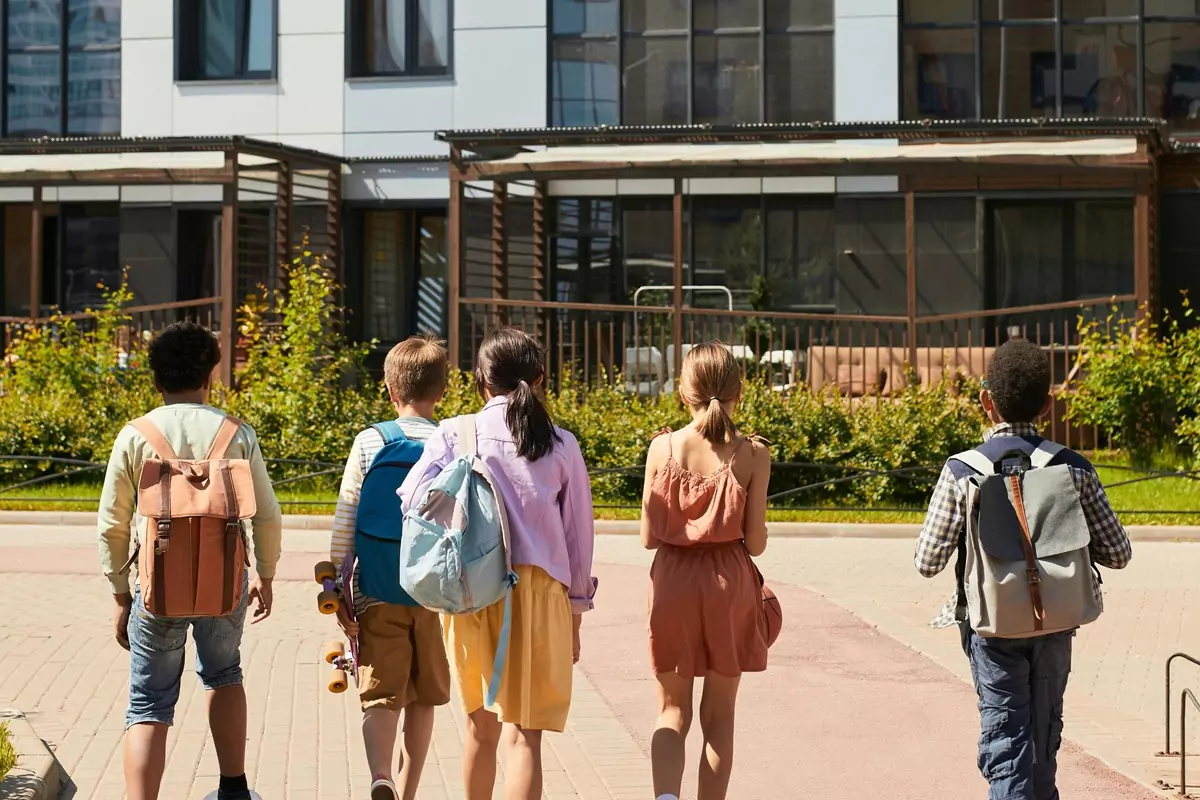A new report by Respire has documented alarming levels of air pollution in almost every school in Provence-Alpes-Côte d’Azur despite efforts to improve conditions over the last decade. Furthermore, the association’s deeply concerning findings indicate that 98% of schools in the region exceed the World Health Organization’s recommended thresholds for fine particulate matter—PM2.5—one of the most harmful pollutants to human health.
Respire, a French association that aims to prevent health damage from air pollution and improve air quality, conducted air quality measurements throughout 2023 in around 2,800 schools in the Provence-Alpes-Côte d’Azur (PACA) region using data from Atmosud, the regional air quality observatory, focusing on nitrogen dioxide and two types of fine particles: PM10 and PM2.5.
The study found that in cities such as Marseille and Nice, not a single school met World Health Organization (WHO) air quality guidelines for these three pollutants. The report also highlighted how PM2.5 concentrations in Marseille, Avignon and Gap are, on average, twice the WHO’s recommended limit.
Marseille stands out as the most polluted city in southern France in the report, with certain schools experiencing particularly high pollution levels, but schools in the Alpes-Maritimes didn’t fare much better. In Cannes, for example, numerous schools also exceed the safe fine particle thresholds, while in Nice, where air quality was deemed “passable” in a good number of schools, many still had worryingly high PM2.5 and NO2 levels.
The Principality of Monaco was not part of the study, but schools in neighbouring villages such as Beausoleil, Roquebrune-Cap-Martin and Cap d’Ail were all granted “passable” air quality—though only one was rated as “good”.
Health implications
The health implications for the region’s young people could be severe.
“This overexposure to pollutants poses an increased risk of chronic respiratory diseases such as asthma, impaired respiratory function, allergies, pneumonia, ear infections and even leukaemia,” the report warns.
Respire estimates that fine particles and nitrogen dioxide account for “12% to 20% of new childhood respiratory disease cases each year”.
Beyond respiratory conditions, the association notes that exposure to air pollutants negatively affects neurocognitive development and potentially academic performance.
To address this urgent public health crisis, Respire has proposed several measures to curb pollution levels near schools.
“We can make streets accessible to children by stopping road traffic near schools so that students can breathe cleaner air,” noted Tony Renucci, the association’s director. Renucci also stressed the need to expand dock electrification to reduce maritime pollution and suggested banning open fireplaces in densely populated areas and improving public transport to cut vehicle emissions.
Additional recommendations include implementing awareness programmes in schools, tackling pollution from logistics and transport, and furthering discussions on low-emission port zones.
While average pollutant concentrations have declined over the past decade in many of the cities covered by the report, including Marseille, Aix-en-Provence, Nice, Cannes, Toulouse, Avignon and Gap, the Respire report highlights how further action is needed if the issue is to be brought under control.
For an interactive map of all the schools that feature in the report and their respective ratings, click here.
Read related:
57 million tonnes of plastic pollution is leaching into the natural world each year
Monaco Life is produced by real multi-media journalists writing original content. See more in our free newsletter, follow our Podcasts on Spotify, and check us out on Threads, Facebook, Instagram, LinkedIn and Tik Tok.
Photo credit: Norma Mortenson, Pexels
